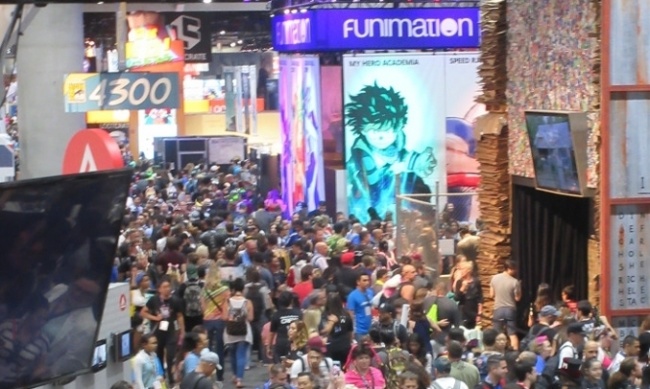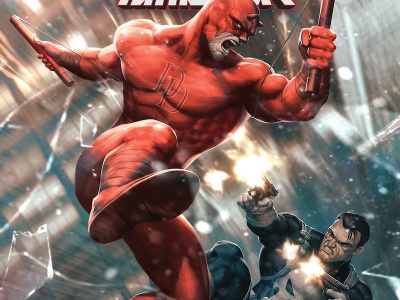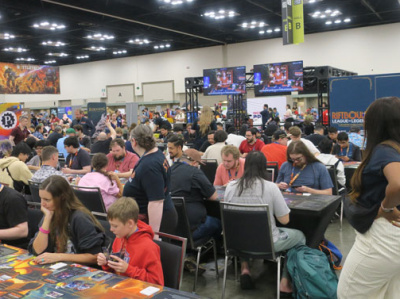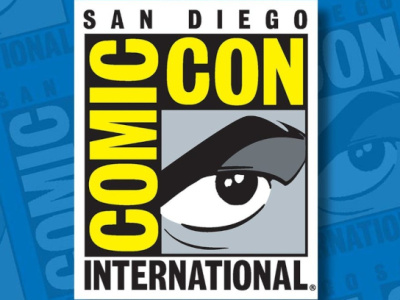Several strands of comics culture braided together in the Pacific Northwest last weekend, creating an interesting conceptual alternative to crowded, commercial mega-conventions. ICAF (the International Comic Arts Forum, the group representing comics studies in higher education) held its annual conference at the University of Washington, featuring an array of interesting guests and discussions. Short Run, Seattle’s largest alternative comics expo, held its 7th annual event on Saturday, bringing in record-setting crowds. Meanwhile, a traditional collectors’ show, Jet City Comic Fest, packed in crowds down the road in Tacoma.
Comics storm the ivory tower. The past decade has seen a huge increase in the popularity of comics studies, an interdisciplinary academic program that examines comics through the lens of comparative literature, aesthetics, media and communications, gender studies, ethnography and other academic specialties. Scholars have been producing an increasing number of books based on their Ph.D. and post-doctoral studies, and have spun up new publications like INKS (the journal of the Comics Studies society), the International Journal of Comic Art, and the Journal of Graphic Novels and Comics.
This year’s conference took place at the University of Washington November 2-4, attracting some of the top names in the field. Organizers Jose Alaniz (Professor of Disability Studies at UW) and Charles Hatfield (Cal State Northridge) put together a diverse lineup of panels and presentations, including artist talks by international special guests like Moto Hagio, pioneer of modern shojo manga, especially shonen-ai; Emil Ferris, writer/artist of this year’s breakout graphic novel best-seller My Favorite Thing is Monsters, and Peruvian graphic journalist Jesus Cossio.
Scholars presented their research on everything from the use of repetition and panel layouts in contemporary Danish comics to the secret history of the publisher who committed the most flagrant violations of the comics code in the 1960s (Dell, oddly enough). Nick Sousanis, whose longform graphic essay Unflattening was actually his doctoral dissertation, gave an excellent lecture combining both theory and practice.
All events were free and open to anyone who could make it over to the University of Washington campus. Friday night, Seattle-based publisher Fantagraphics hosted a party at their Georgetown retail location, followed by an ICAF-organized panel discussion featuring publisher Gary Groth, Ferris, and cartoonist Jim Woodring moderated by Hatfield at the nearby Georgetown Stables venue.
From the academy to the streets. By design, ICAF bumped up against Seattle’s Short Run Festival, held on Saturday, November 4, creating an interesting mix of erudite discourse and the visceral, bottom-up DIY culture of zines, minicomics and alternative press.
The fast-growing independent Short Run Comix and Arts Festival packed well over 3,000 attendees into the Fischer Pavilion in the shadow of the Space Needle in Seattle Center – a new record, according to organizer Kelly Froh. Short Run, a non-profit, charges no admission and has table rates as low as $35, but carefully curates its selection of exhibitors to provide diversity of both creators and types of content.
“Our goal is to make sure attendees have plenty of money to spend on comics and art,” said Froh. To keep rates low and admission free, Short Run relies on more than $40,000 in grant funding, including one of the only NEA grants awarded to a comic-oriented festival.
This year’s event was a who’s who of independent talent in the Northwest, with over 380 artists at 100 tables selling comics, zines, prints and originals, books, and comic-oriented art objects. Froh said exhibitors came from as far as Europe and South Asia at their own expense to be part of the scene.
Programming organized in conjunction with ICAF featured a panel on comics journalism with the pioneer of the format, Joe Sacco in conversation with Jesus Cossio, moderated by Sarah Glidden (Rolling Blackouts); Emil Ferris and Leela Corman interviewed by Seattle Review of Books editor Paul Constant, and a spotlight on special guest Kelly Sue DeConnick.
Superheroes and white boxes. Thirty miles south on I-5, fans of more traditional comics could enjoy one of the region’s most manageable and accessible mainstream conventions, Tacoma’s Jet City Comic Show. For fans who prefer cosplay and vintage paper to flannel and minicomics but don’t have the patience or megadollars for megashows like Emerald City Comic Con, Jet City offered a modest selection of media guests (Sarah Butler, Jeremy Palko, Fred “The Hammer” Williamson) alongside popular comic creators like Evan Dorkin, Sarah Dyer, Ben Templesmith, Steve Lieber and Tim Vigil, paired with a nice dealer’s room for collectors.
Organizers James Taylor and Brian Meredith say on the convention’s home page that the mission of Jet City is to “provide an affordable experience for fans and families in addition to promoting the comic book industry and expand the awareness of comic books and their creators.”
On its own, none of these events would have been worth shouting about. But over the course of four days, the conference, the parties, the small press festival and the scaled-down traditional comics show added up to a rich, varied and well-programmed set of experiences for comic lovers of all stripes, for a fraction of the cost of attending a giant Con that tried to rope them all together. And if you really had a craving for Big Hollywood comics, you could always catch Thor: Ragnarok at the IMAX theatre next door to Short Run in Seattle Center.
Comics Culture: All of the Above. For 20 years, all the momentum around comic fan events has been towards consolidation and scale: the bigger the better. Megashows like San Diego Comic-Con (pictured above), NYCC and ECCC have built an audience in the hundreds of thousands by mashing together every corner of geek culture, from gaming and cosplay to celebrity autographs to art and literature, in One Big Con.
Now that comics have broken through barriers on a number of levels, there is much more room in the market for events that serve audiences with specific interests, while still attracting premier guests, exhibitors and attendees. In fact, exhibitors may well be better served catering to a smaller crowd with specific tastes, rather than competing with every kind of vendor and celebrity for dollars at a bigger show.
Grouping separately-organized conferences, conventions and festivals together in the same region at the same time could help provide lower hassle, less costly experiences for different subsegments of fans while offering economies of scale for guests and exhibitors with appeal that crosses over. Just as it looks like the big fish are eating all the middle-sized fish in the convention space, a swarm of tiny fish could be one path forward.
- Rob Salkowitz (@robsalk) is author of Comic-Con and the Business of Pop Culture.
The opinions expressed in this column are solely those of the writer, and do not necessarily reflect the views of the editorial staff of ICv2.com.








